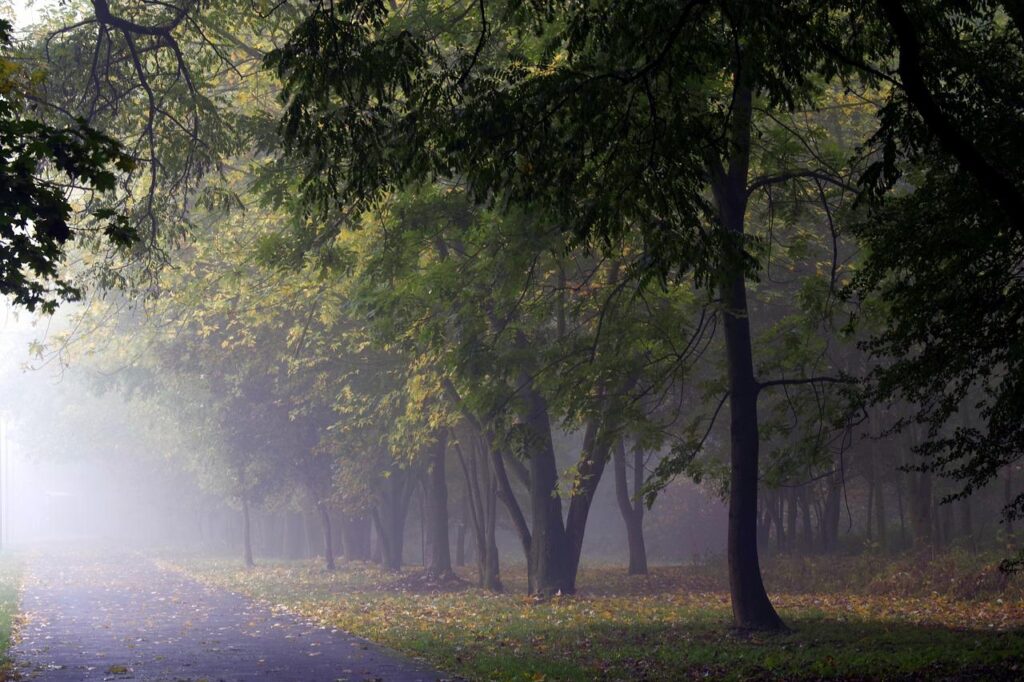
Over the years, author and journalist Richard Louv has written a number of books on the beneficial effects of being in nature for kids. He coined the term “Vitamin N” as a way to group together all these benefits.
Research has confirmed that Vitamin N definitely has positive effects on children’s health and particularly for those with ADHD.
Research on Nature’s Effect on Kids with ADHD
A number of studies have shown that green outdoor settings appear to reduce ADHD symptoms in children across a wide range of individual, residential, and case characteristics.
How Being Nature Benefits Children with ADHD
The health benefits of spending time in nature for kids with ADHD are numerous and include:
- Improvements to short-term memory
- Reduced stress levels and lower levels of stress hormones that affect heart health and weight
- Improvement in eyesight
- Improved immune function
- Improvements to mental health and decreased risks for depression and anxiety
- Increased natural Vitamin D production, which is linked to improved health outcomes
- Lower exposure to air pollution
- More physical activity
- Higher social interaction rate
- Higher gut microbial diversity
- Less exposure to noise
One explanation for some of these benefits is the air, processed by the plants, and microcompounds from the water and soil that are available in the air. These include phytoncides—antimicrobial volatile organic compounds released by plants, which reduce blood pressure, alter autonomic activity, and boost immune functioning.
Also included are ions, which are higher in forested environments. Negative ions may have the effect of helping to decrease symptoms of depression. The sights and sounds of being in a natural environmental may also have an effect, since they help to reduce anxiety, stress, and inattention.
Ideas for Giving Kids More Green Time
Here are some recommendations from experts for giving your kids more time outside for your children:
- Sign them up for day camps and overnight camps that feature outdoor activities in a natural setting
- Look into town and county park departments for local summer activities and field trips
- Have your kids spend time outside during quiet times of the day
- Encourage them to plan their own backyard activities
- Plant a garden with your kids. It is great exercise and helps them learn about food and the natural world. If you don’t have a backyard, you can grow a garden in flower boxes, planters. Some urban neighborhoods also have shared community garden spaces.
- Plan picnics and hikes at nearby state and county parks
- Go camping as a family. Many state parks have cabin options in addition to tent sites.
- Stop at the library to pick up books on local trees, birds, and plants. Use those books to explore the backyard and identify the wildlife you find there.
- Take evening walks as a family at neighborhood parks
- Take a walk with your kids and your dog in a natural setting
Spending time outside in a natural setting is good for your child’s health and can help with their ADHD symptoms. Think about ways to give them a dose of Vitamin N as an important part of their ADHD treatment plan.
References
- https://chadd.org/adhd-weekly/spend-time-outside-to-improve-adhd-symptoms/
- https://www.ncbi.nlm.nih.gov/pmc/articles/PMC1448497/
- https://www.additudemag.com/slideshows/healing-power-nature-therapy-adhd/
- https://www.verywellfamily.com/green-spaces-may-decrease-risk-of-childhood-adhd-5115737
- https://www.thelancet.com/journals/lanplh/article/PIIS2542-5196(19)30070-1/fulltext
- https://richardlouv.com/


